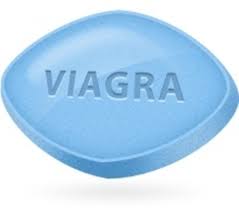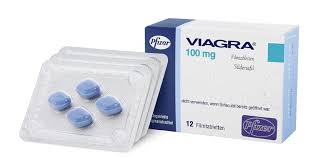
Understanding Sredstva Za Sproscanje Misic: An Essential Guide to Muscle Relaxants
In today’s fast-paced world, stress and tension have become commonplace, making it essential to find effective ways to relax our muscles. Sredstva Za Sproscanje Misic mišični relaksanti play a crucial role in this. These are medications specifically designed to relieve muscle spasms and improve comfort, particularly for individuals suffering from acute or chronic musculoskeletal conditions. This article delves into the various aspects of muscle relaxants, including their types, mechanisms of action, uses, potential side effects, and alternatives.
What are Muscle Relaxants?
Muscle relaxants are a broad category of medications that can help alleviate muscle spasms, pain, and discomfort. They are often prescribed for conditions such as back pain, neck spasms, and other musculoskeletal issues. Essentially, muscle relaxants can be divided into two main categories: centrally acting and peripherally acting muscle relaxants.
Centrally Acting Muscle Relaxants
Centrally acting muscle relaxants work on the central nervous system to reduce muscle tone and spasms. Common examples include:
- Baclofen: Often used to treat muscle symptoms caused by multiple sclerosis or spinal cord injuries.
- Cyclobenzaprine: Typically prescribed for muscle spasms associated with acute musculoskeletal conditions.
- Diazepam: A well-known benzodiazepine that has muscle relaxant properties, used for severe muscle spasms.
Peripherally Acting Muscle Relaxants
On the other hand, peripherally acting muscle relaxants work directly on the muscles themselves or at the neuromuscular junction. These are less commonly prescribed but may be necessary for certain conditions. Examples include:
- Dantrolene: Often used for conditions like malignant hyperthermia and spasticity.
- Botulinum toxin: Used for specific muscle disorders, particularly when other treatments have failed.
Mechanism of Action

The effectiveness of muscle relaxants lies in their ability to act on specific neurotransmitters and receptors in the brain and nervous system. Centrally acting agents often inhibit gamma-aminobutyric acid (GABA) receptors or impact norepinephrine levels, leading to the reduction of muscle stiffness and spasticity. Conversely, peripherally acting agents disrupt the release of acetylcholine at the neuromuscular junction, preventing muscle contraction.
Benefits of Using Muscle Relaxants
The primary benefit of muscle relaxants is their ability to reduce muscle spasms and alleviate pain, making them invaluable in a comprehensive treatment plan for various conditions. Some additional benefits include:
- Improved Mobility: By relieving muscle tightness, patients often experience better range of motion and flexibility.
- Enhanced Sleep Quality: Reduced pain can lead to improved sleep patterns for those suffering from chronic discomfort.
- Facilitation of Physical Therapy: Muscle relaxants can help prepare the body for physiotherapy sessions, making rehabilitation more effective.
Potential Side Effects
Despite their benefits, muscle relaxants can cause side effects. The severity and type of side effects may vary depending on the specific medication and individual tolerance. Common side effects include:
- Drowsiness: Many muscle relaxants promote sedation, which can affect daily functioning.
- Dizziness: Users may experience lightheadedness or balance issues.
- Nausea: Some individuals report gastrointestinal discomfort.
- Dependency: Long-term use of certain muscle relaxants can lead to physical dependence.
Alternatives to Muscle Relaxants
For some individuals, muscle relaxants might not be the best solution due to side effects or personal preferences. Alternative therapies include:
- Physical Therapy: Tailored exercises can strengthen muscles and improve flexibility without medication.
- Massage Therapy: Manual manipulation of muscles can provide relief and promote relaxation.
- Heat and Cold Therapy: Both heat and cold applications can effectively relieve muscle tension and pain.
- Acupuncture: This traditional Chinese medicine technique may help alleviate muscle spasms and pain.
Conclusion
Muscle relaxants, or Sredstva Za Sproscanje Misic, offer a valuable tool in managing muscle spasms and discomfort. Understanding their types, mechanisms, benefits, and potential side effects is essential for those considering them as part of their treatment plan. While muscle relaxants can provide significant relief, using them responsibly and consulting with healthcare professionals is crucial to ensure safety and effectiveness. For many patients, a combination of muscle relaxants and alternative therapies provides optimal outcomes in managing muscle-related conditions.

